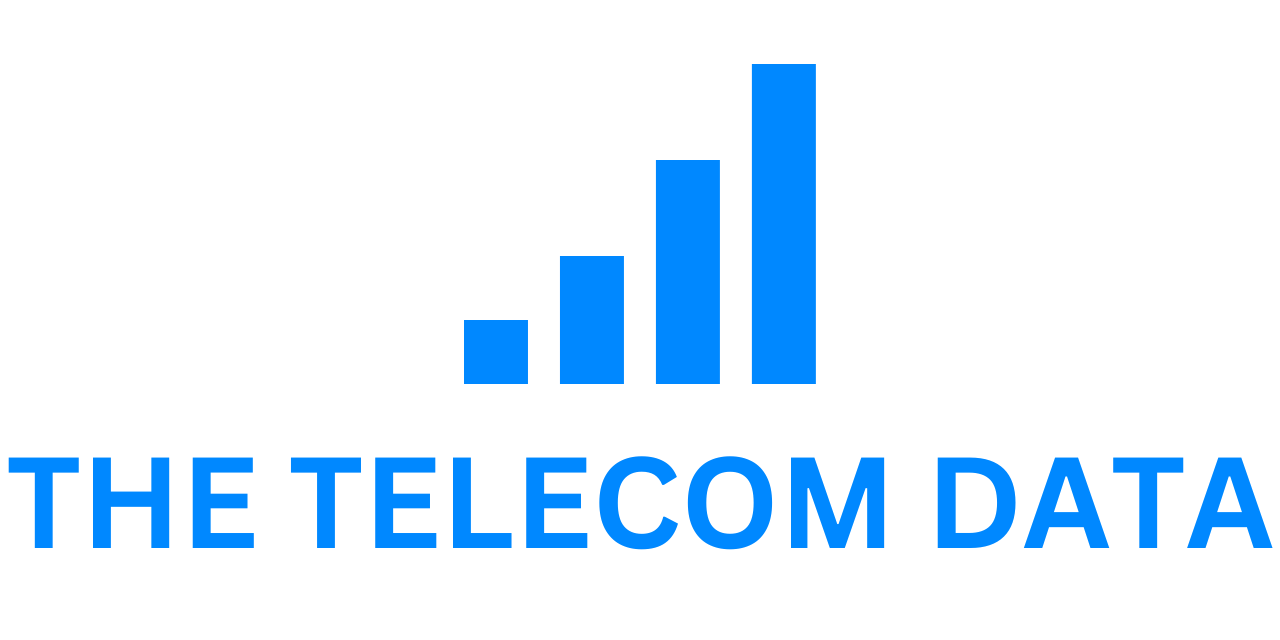Digimarc Corporation( Nasdaq DMRC), the leader in product digitization and colonist in digital watermarking, moment corroborated its commitment to cover digital content possessors and consumers, publicizing the company is offering device manufacturers, chip manufacturers, and content creation platforms free access to its Secure, Automated, Fair, and Effective( SAFE ™) digital watermark embedding and discovery tools for digital means.
The speed with which generative artificial intelligence( AI) is developing, combined with the lack of regulation and the eventuality for heightened dispersion of misinformation in a vital election time around the world, has created the perfect storm.
“ Generative AI did n’t produce the problems of deepfakes and intellectual property misappropriation in the digital world, but it’s forcing the world to take long overdue way to address them, ” said Riley McCormack, Digimarc President and CEO. “ We’re committed to guarding and empowering both the generators and consumers of digital content. Collaboration across an open digital ecosystem is a critical first step. ”
The capability to bed and descry digital watermarks in synthetic andnon-synthetic content at the device or platform position is abecedarian to securing digital means in the period of AI. It’s also the most secure, effective, and ubiquitous way to emplace digital watermarks at scale to produce a safer, fairer, and more transparent internet. In addition to gaining compliance with forthcoming global regulations, device manufacturers( camera, smartphone, tablet, laptop, and further) and content platforms can now offer content generators native( on- device or in- platform) tools to bind authenticity and power information to digital means by bedding digital watermarks before means are published, while also guarding manifests grounded on the Coalition for Content Provenance and Authenticity( C2PA) standard. These manifests are frequently stripped from content when uploaded to content libraries, websites, or published on social media. Inversely important is on- device discovery. Device manufacturers can now give their guests with the capability to admit announcement of digital content’s corresponding information, thereby creating a more transparent digital ecosystem.
Not all digital watermarks are created equal.
Digital Watermarking is the wisdom of hiding information about an item in the item itself. SAFE ™ digital watermarks can communicate content provenance, authenticity, and brand information about a digital asset in a way that’s both secure and set to the asset itself. To produce a safer, fairer, and more authentic internet, digital watermarks must have five specific characteristics. Digital watermarks must be covert and machine readable, inflexible, ubiquitous, spare, and secure.
It’s also important to note that metadata or manifests aren’t digital watermarks. Information about a digital asset, similar as provenance and power, is appertained to as metadata. occasionally this metadata is stored in a format called a overload. This information is critical to determining the power or authenticity of digital content. This said, metadata and manifests aren’t inflexible, spare, or ubiquitous. Metadata is fluently removed from lines. Digital watermarks, when bedded in a digital asset, give metadata enduring value, acting as a tether to recoup a digital asset’s correct and unaltered overload, and related metadata.
“ We believe tools like robust digital watermarks can change our digital ecosystem from one of query, unfairness, and dubitation
to one of lesser authenticity, fairness, and trust, ” said McCormack. “ The technology to authenticate content online is available moment, and as the colonist and extensively- honored leader in digital watermarking, Digimarc will continue to lead the way for the creation of a system that protects the rights of content possessors and consumers. ”
Last month, Digimarc introduced the assiduity-first open- source web cybersurfer extension to validate and display digital asset manifests grounded on the C2PA standard. The new Content Credentials Chrome extension allows happy consumers to check images for C2PA manifests – adding a Content Credentials leg( “ CR ”) to the image if a overload is present. The web cybersurfer extension is now available in the Chrome Web Store.







